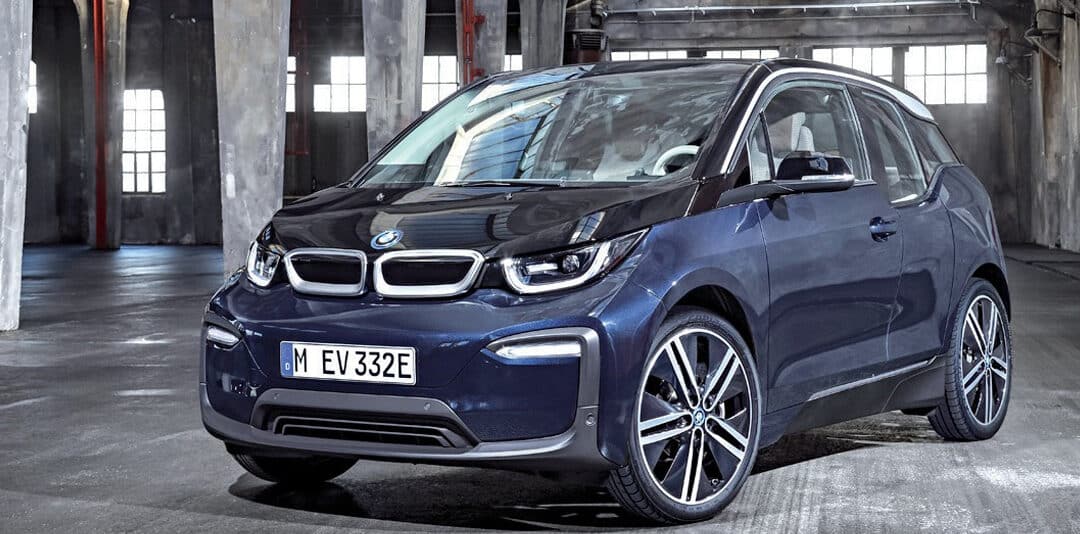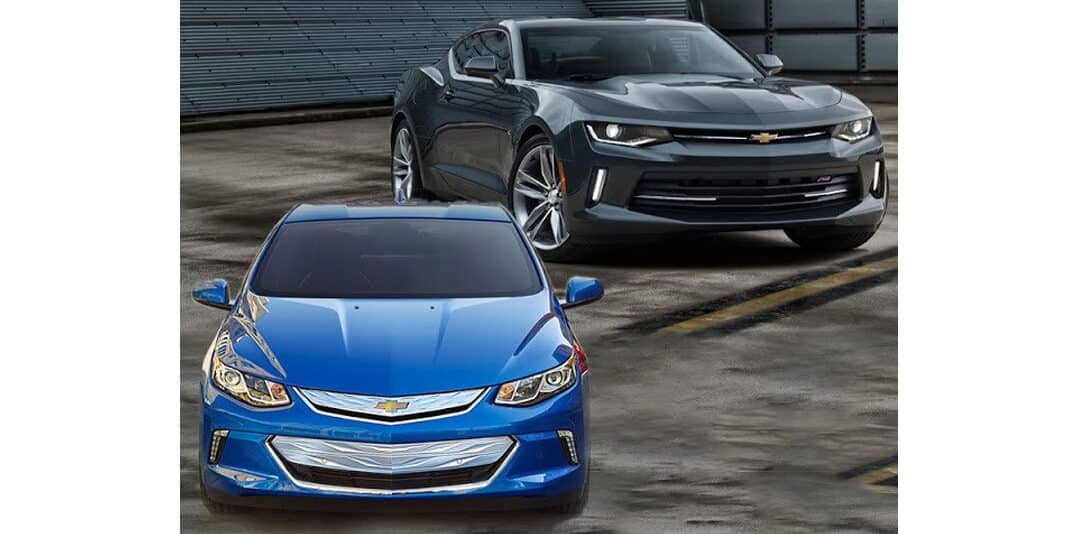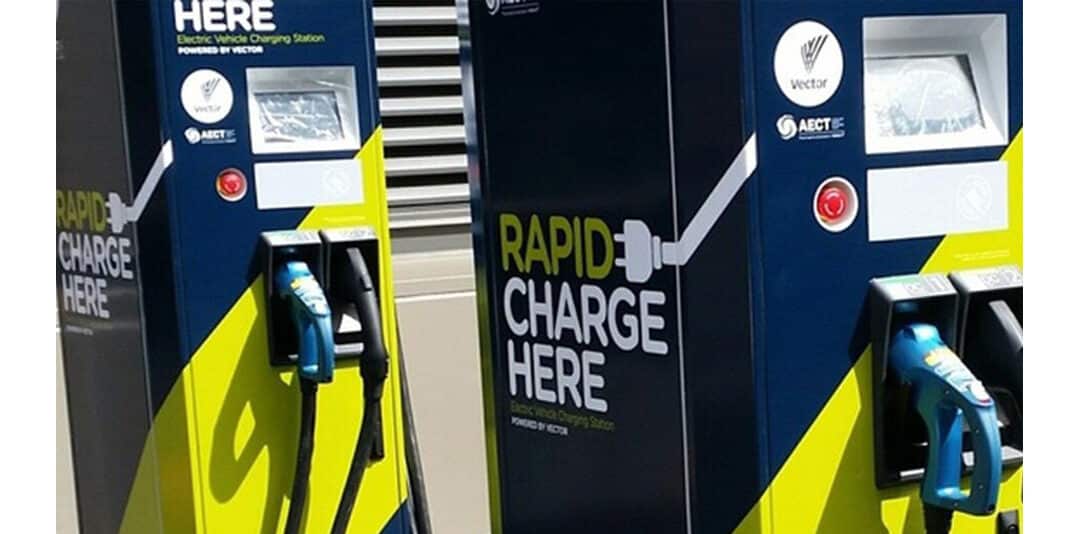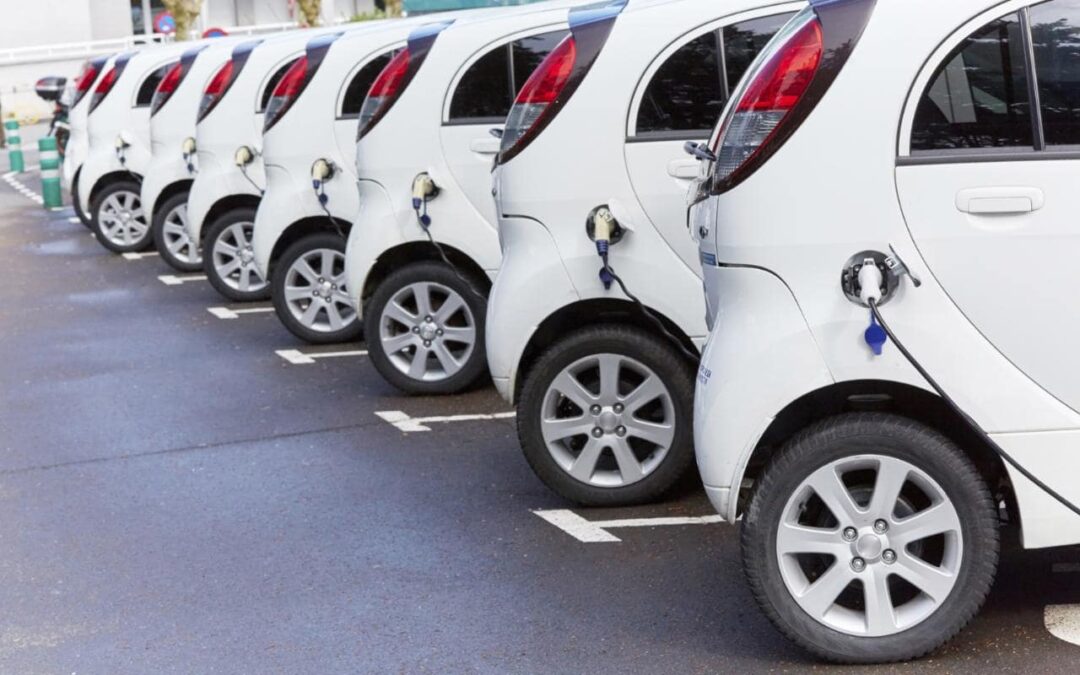
by DavidSpratt | Aug 27, 2018 | Energy
In this exclusive new series of articles, I explore the electric vehicle (EV) options for specific business uses. We are grateful to the car companies* for supplying their EVs to test-drive, charge and parade around Auckland.
Part 1: Evaluating the BMW i3 electric vehicle
The reality for all businesses is that electric vehicles (EVs) have to deliver on the promise of performance, economics and relevance. Many business vehicles never leave town. Whether they are driven from business to business by busy salespeople or thrashed by couriers, what is required is a car that is reliable, fuel-efficient and a bit good looking.
That’s a tough call, up against an existing petrol range of cool kids like the Suzuki Swift, Honda Jazz and VW Polo: especially when new, entry-level petrol models sell for around $20,000 and the i3 costs about $75,000.
Price is not the only factor though.
To test the distance range capability of the i3 I arranged meetings involving a 120km return trip across town: Drury to Albany at peak hour. With the car’s stated range of 180km, I have to say that on my first trip I was not filled with confidence. I wondered whether the i3 could take on the challenge of sitting in that giant carpark known as Auckland’s motorway system, without my ending up on the side of the road, with a flat battery and subjected to the shaking fists of irate rubberneckers.
At the end of that day, I had travelled 120km at the speed of a lame greyhound in nose-to-tail traffic yet ended up with a remaining range of 127km. So, to travel 120km I used 53km of range. This sounds impossible, but the i3 cleverly uses the stop-start acceleration and braking to recharge its batteries – and there was lots of that going on.
Lookin’ good: what’s great about the BMW i3 electric vehicle
The two-door BMW i3 looks sleek, Euro and sophisticated. The software features are very cool, guiding you to the nearest charging station and, if required, planning your route to ensure you don’t end up using the optional two-cylinder petrol backup engine to limp home. The auto-park feature is also excellent, if a little scary the first time you take your hands off the wheel and trust the computer.
Charging it in my garage overnight was a breeze – just plug it into a three-pin socket and walk away. Just as easy was the 30-minute rapid charge at Counties Power in Pukekohe. I literally plugged it in, walked across the road, ordered and drank a cup of tea and returned to a vehicle recharged for free!
I mention free fast chargers and easy home charging for context. The i3 is energy efficient, saving masses of money on fuel, especially since the new local fuel tax had just kicked in. On average each week I spend around $150 on petrol. In the week I had the i3 my electricity bill went up by $10 while my Commodore sat sulking at home consuming no petrol. On an annual basis that’s a fuel saving of $7280. With residual value and fuel savings the economics of an EV look pretty good.

Money savings on petrol stack up quickly.
Uh oh: problems with the BMW i3 electric vehicle
On the downside, the i3 handles like it is skidding on marbles. Maybe it’s the unusually large wheels, designed to generate more energy, but I never felt comfortable behind the steering wheel in this regard. Road-holding was fine at lower speeds around town but very disconcerting on the open road.
For such an externally large vehicle there is not a heap of room for back seat passengers or for luggage in the boot. Space wise it felt like a reverse TARDIS – bigger on the outside than on the inside.
Overall the i3 appears as if HQ in Germany identified the need to make an electric vehicle but gave the job to a bunch of petrol heads who hadn’t signed up for building a hippy, nippy town car.
BMW: for $75,000 you can do a lot better. Having said that, the first internal combustion cars weren’t exactly things of beauty either.
I gave it a solid 6/10.
*The BMW i3 was kindly provided by BMW and Contact Energy. For detailed specifications visit bmw.co.nz.
See more electric car reviews, or New Zealand analysis of the electric car business case.

by DavidSpratt | Jul 10, 2018 | ICT
Data protection is the process of safeguarding important information from corruption, compromise or loss.
Many of us will have watched with some concern the ongoing reports of hacking, ransomware (where a hacker locks or encrypts your company data and demands a ransom before releasing it) and data theft by outside agencies.
IT Security Threats Pose New Risks for Owners and Directors
As owners and Directors of businesses in this country, we cannot ignore the real risks presented to our companies by theft or destruction of company data. Stricter laws governing Director’s responsibility make risk management and mitigation very personal.
Henri Elliot, Founder and CEO of Board Dynamics commented to me recently, “It is essential Directors take a strong position on all forms of risk. Risk should be on the Board’s agenda each month and should be appropriately categorised. For example – is a staff member taking a list of clients a company policy issue? An HR issue? An IT security issue? In truth, it is all of the above and Directors need to take a holistic approach.”
Security Risks Are Mainly Internal
The scary thing when we consider the risks around IT is that it is not the sneaky Russians or the depraved teenage geeks who represent the real threat to most businesses. In fact, it’s often quiet Jane from Finance or good old reliable Mac from Sales who represent the real and present danger.
If you think I am being a bit dramatic (and my wife would agree with you) think again. Here are a few things that should give you food for thought.
Nearly two-thirds of employees surveyed, who leave an organisation voluntarily or involuntarily, say they take sensitive data with them.
That is a real wake-up call when you consider that your staff will almost inevitably have access to sales and customer records, design secrets and new product plans.
Nine out of ten Information Technology (IT) staff surveyed indicated that if they lost their jobs whether through redundancy or by firing would take sensitive company data with them.
Techies are extra smart, often socially inept and prone to impulsive behaviour when stressed. Just because Jason the geek is a bit dishevelled in the morning doesn’t mean he is not capable of revenge served cold.
So how does Jane, Mac or Jason walk out the door with your most valuable secrets? In truth, they probably don’t. Your worst enemy is email. Over a quarter of data, thefts have been as simple as attaching a file to an email and sending it home or to a friend.
Next on the IT security threat list for most small to medium businesses is that convenient friend, the USB stick. In many cases, these data downloads start quite innocently with your trusted person downloading files, so they can work from home. It’s only when they are preparing to leave that the true value of the customer list they downloaded becomes clear.
I can dwell on ways you can lose your company data, but in truth, this only serves to make you overly fearful. Instead, let’s look at a couple of the signals that your data may be at risk.
Signals Your Data Might Be at Risk
Negative Work Events
Laying off or firing staff, whatever the reason should be a signal that your data is at risk. A huge proportion of internal IT security failures come from a desire for revenge. If you are planning to terminate a staff member it is important that you monitor that person’s behaviour. A surge in large data files being downloaded or emails to an unusual address should be a huge red flag.
Complacency
In many cases, data security failures are just a case of staff members, managers, or owners who just don’t get it. Data is valuable only if you see it that way.
The signals of complacency are often clear. You should be troubled by people violating simple IT security policies like keeping passwords protected. It is the company who will pay and the staff who end up with their jobs at risk if you ignore the knowingly irresponsible behaviour.
Next month I will run through the key things you can do to reduce the risk of insider security threats without treating your much-loved people as if they are criminals.

by DavidSpratt | Jun 12, 2018 | Energy
In this fourth and final article evaluating whether electric vehicles are a fad or the future, I conclude they are indeed the future.
I can feel the cold chill of the climate change deniers and petrol heads breathing down my collar as I write.
I love a grunty V8 as much as the next Kiwi. But the words, “Show me the money”, aren’t restricted to a Tom Cruise movie.
Yes, there are issues around the distance range, price and style options of electric vehicles (EVs). Yes, you will require a three-phase electricity supply if you want to charge your EV in less than eight hours. Yes, we may even see the need in the long term for changes to the way we generate and distribute energy nationally.
Yet, despite these reservations, any EMA member looking at replacing their vehicles any time soon would be well advised to run the numbers before succumbing to the team’s demands for yet more heavy metal.
The reality about EVs compared to petrol/diesel vehicles is as follows.
Electric vehicles are cheaper to run
I asked Graham Galliers, a utility analyst at Total Utilities Management Group, to review the fuel costs for my trusty V6 Commodore and compare them to an electric car equivalent.
When he sent me the calculation table (below), I checked the numbers over and over. Surely, he had been smoking the wacky baccy? But no. Sober, sensible Graham had not fallen into the arms of a patchouli-scented, hippy femme fatale and joined the ranks of the planet savers. The numbers added up.

Even allowing for the assumptions we made around fuel tax, distance range and electricity charges, the economic case behind EVs makes sense today and will progressively improve in the years ahead.
The cost comparison for a business use vehicle travelling 15,000 to 60,000 km a year is compelling – based on a price of $2 per litre for petrol, and taking into account an equivalent amount (66.5 cents per litre) for Government fuel taxes, levies and duties.
Beyond 60,000km, the numbers get even better, but you do run into range issues that could make a hybrid option more practical than a fully EV option, in the short to medium term.
Electric vehicles are, of course, way more expensive to buy than the equivalent petrol vehicle. The associated financial calculations require more time and space than I have here. In each case, a lot will depend on the resale value at the end of the term.
I expect electric car prices to fall rapidly as production rises and competitive pressure sets in. At the same time, I expect the residuals for petrol and diesel cars to fall, along with their declining popularity.
NZ relies on fuel imports to drive our economy.
Yet we are the Saudi Arabia of the Pacific when it comes to renewables like hydro, wind and geothermal energy. Our entire balance of payments deficit would evaporate if we switched to our existing renewables for our vehicles.
Oil is the fuel of last century
Petrol-powered vehicles will be as relevant to this century as horse and buggies were to last century: 24 million horses in the US when the first Model T Ford rolled into production
in 1908, reduced to three million by 1960.
China will produce seven million EVs by 2025. Europe, the world’s second largest car producer, will not be far behind.
See you at the charging station.
Read more electric car analysis in the New Zealand/Australia context, or take a look at these electric car reviews.

by DavidSpratt | May 9, 2018 | Energy
In this Part III examining whether electric vehicles (EVs) are a fad or really are the future, we consider the implications for the supply of electricity and more.
What happens when New Zealand stops importing oil and substitutes it with hydro, geothermal, solar and wind energy to make our cars and trucks work?
To start with, New Zealand would move from a current account deficit to a budget surplus. That’s good news all round. Save money on oil, save the planet, sleep easy at night.
Except…

There are 3.9 million registered cars and trucks in New Zealand. They consume $11.8 billion worth of fuel each year and employ tens of thousands of workers selling, servicing and repairing these vehicles.
Electric vehicles on the other hand number just over 24,000. They require much less service and support and the margins for new car sales are so low that most dealers won’t want to be involved with them.
So, the move to EVs will place a whole lot of jobs at risk while at the same time requiring a whole new set of skills that may or may not be available in the market.
Oil companies, in the meantime, won’t be just sitting around the campfire singing love songs while awaiting the new dawn. Don’t expect too many electric car chargers at your local petrol station. Do expect the price of petrol to fall though.
Electricity supply
Just how our electricity network will cope, is a key question. Concerned at the vision of transformers exploding, fuses blowing and power cuts making candlelit dinners a less-than romantic interlude, I went to the oracle: Andrew Toop, GM Commercial at Counties Power. I hoped he might ease my fears.
He said it’s not as bad as people might think.
Andrew said, “Our country’s generation capability is already very substantial and the recent investments by Transpower in new transmission infrastructure gives us a great platform to work off.
“Also, efficiency gains from better housing, lighting and insulation choices mean national demand
for electricity isn’t growing all that quickly in many regions outside Auckland.
“So EVs could make a lot of sense, subject to us paying attention to the basics, like smart local networks, suitable transformers and ensuring the wiring we put in place in our new and existing buildings is up to spec.”
Let’s pay attention to some of that underpinning technology.
Taking care of the basics
New Zealand is a world leader in “ripple switching”, the system lines companies (energy distributors) use to switch hot water heaters on and off when electricity demand peaks around dinner time. This same approach could well be used to balance the load generated by cars being charged when people get home from work.
There is also a mechanism called “Time of Use Billing”. Commonly used in commercial settings, we are also likely to see smart retailers automating the management of householders’ electricity usage to ensure that peak loads are managed and that users are getting the cheapest price all the time.
Let’s not forget the EV itself. Onboard artificial intelligence already supports safe driverless cars (well, almost). The same smarts could be used to ensure the car charges itself when the price is low, and the power is most available.
Speaking of peak demand. You may be surprised to know that our current electricity system only hits peak load a few times each year, in fact, only 0.6 percent of the time. For the remaining 99.4 percent of the time, the system is working well within its capacity. Adding to that, I believe that the Government is subsidising the Australian owners of Tiwai Point to consume nearly 15 percent of our total electricity production, so it appears there is a fair bit of potential headroom to support the emergence of electric cars. New Zealand is, after all, the Saudi Arabia of the wind and hydro world. Why not take advantage of all that cheap, renewable power?
Read more electric car analysis in the New Zealand/Australia context, or take a look at these electric car reviews.

by DavidSpratt | Apr 4, 2018 | Energy
Last month’s article on electric vehicles elicited responses ranging from “hippy, coombyah, PC, Greenie horse poo” through to “Where can I get one of these gosh darn, new-fangled, electric buggies?”. Thanks to you all for your feedback.
Rather than take sides in the debate about whether or not we should be buying electric vehicles, let’s examine the drivers that inform the decisions we will all make around which vehicles our companies buy.
Price
Electric vehicles are expensive. Buying electric vehicles today, we can expect to pay BMW prices for Corolla performance. As production volumes rise we can expect this delta to shift to equilibrium. In the meantime, expect FBT to be high on the financial controller’s agenda.
Fuel costs
Petrol costs around $2 per litre. An electric vehicle equivalent is 30 cents per litre. For the average company car fleet, this is a huge saving. Expect changes though. The government taxes the heck out of petrol and diesel and will likely move to Electric Vehicle road user charges to protect their revenues. If the IRD is true to form you can expect the tax per kilometre to be the same in the future as it is today, regardless of the vehicle type you choose.
Resale value
Last month five German cities announced bans on diesel vehicles. A court ruling means many others may follow suit across Europe. This has seen the resale price of second-hand diesel cars in Germany plummet as up to 12 million diesel vehicles will be forced off their roads by 2020. We can expect to see residuals becoming a major question for procurement managers as the popularity of second-hand petrol and diesel vehicles declines across the world.
Servicing
Electric vehicles have around 20 moving parts compared to the 2000 parts we find in the average sedan. This translates into far greater simplicity, reliability and with that, much lower service charges. Expect huge changes in the way new cars are sold and serviced in the years ahead. Lifetime warranties and free service schedules anyone? Finding a trained electric vehicle mechanic might be a trick though.
Insurance
Insurance companies are looking with a jaundiced eye at the high price of buying electric vehicles and more significantly at the cost of repair. If you prang your $120,000 Tesla there is currently no repair facility in NZ. Your insurer will need to ship your pride and joy to Australia or write it off. That’s a recipe for weeks off the road and higher insurance premiums.
Range
Assuming you keep the air conditioner off and aren’t stuck in traffic, the average new electric vehicle has a range of around 200kms fully charged. This is less than half the range of an average petrol-powered car. A private car only travels 40kms per day on average and range will get sorted in time. Right now, though, most company cars don’t have the luxury of sitting around in the garage or being stranded on the side of the road.
Charging
It takes quite a while to charge an electric vehicle, from 30 minutes at a fast charge station through to twelve hours on a single-phase home connection. Add to this the lack of fast charge facilities and questions around just how well our distribution grids will cope with the peak demand of 3 million electric cars charging while we are cooking dinner and the industry faces quite a few challenges.
Choice
Today there are around 30 new electric vehicle car models available in New Zealand, compared with literally hundreds of petrol and diesel cars. By the end of next year, the number and quality of new electric vehicle car models will rise to over 100 while petrol and diesel choices will fall. Expect this trend to continue.
Lack of information
Finding unbiased data on electric vehicles is tough and in many cases, the information is contradictory and confusing.
One place you can all go for well-presented, easy-to-understand information is the Energy Efficiency and Conservation Authority (EECA). It is biased in favour of electric vehicles but nonetheless, it provides useful facts as you evaluate your options when considering buying electric vehicles.
This article is the second part of a series on electric vehicles. Part 1 explored the business case for electric vehicles. Next month I will look at the impacts of putting several million electric vehicles onto an already complex electricity grid. I will also explore the ways our government and our electricity industry is likely to respond to these challenges.
Read more electric car analysis in the New Zealand/Australia context, or take a look at these electric car reviews.








